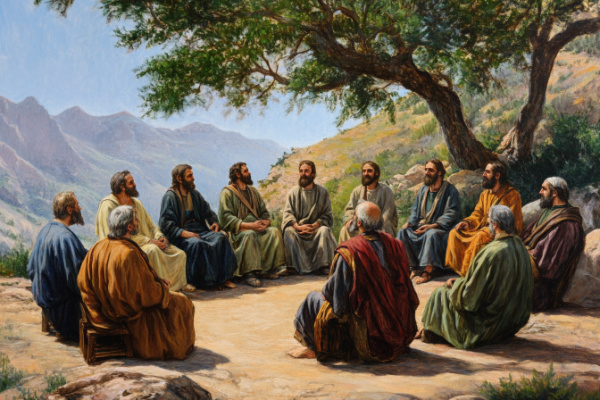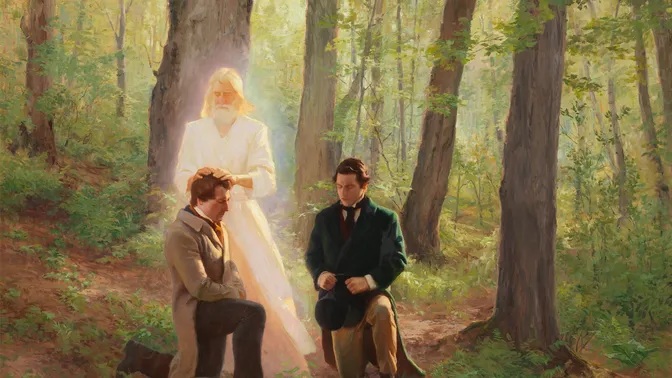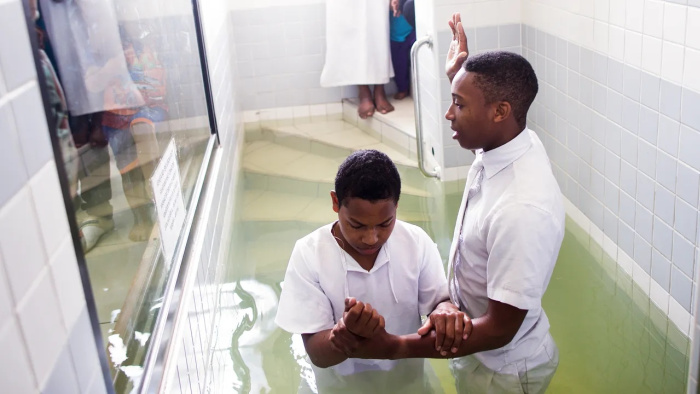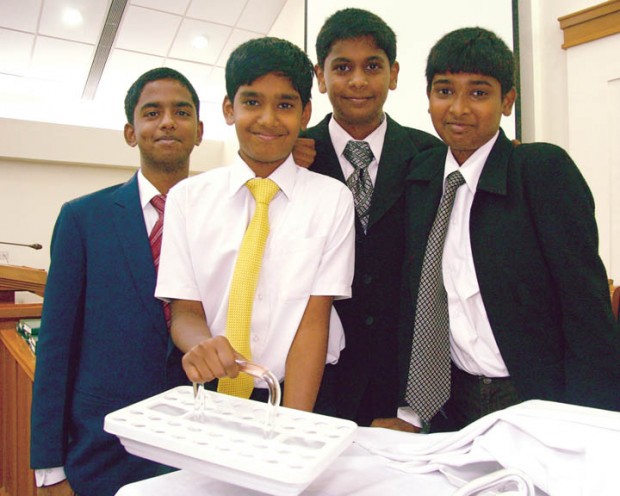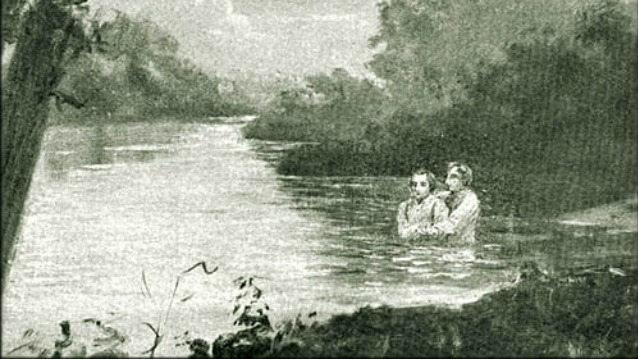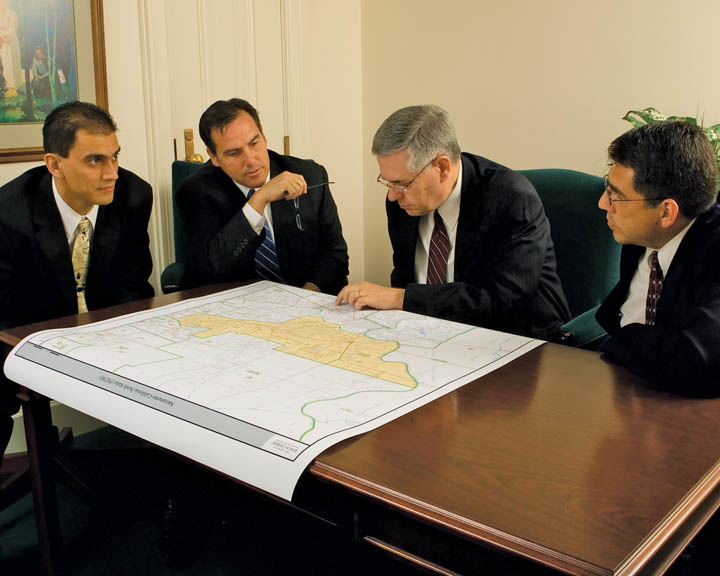Question
Gramps,
So in the New Testament, after the death of Christ, as Paul and the other apostles spread the church to different areas, they also ordained priests and elders, offices in each church. If the priesthood was being spread to so many people, how was the priesthood taken from the Earth? Would it have to be a literal removal of the priesthood, or just those who hold it die out? Because I assume all those ordained elders, bishops, and others with the priesthood would eventually pass it on.
Peyton
Answer
Peyton,
The priesthood is defined as the power and authority that God gives to man to act in all things necessary for the salvation of His children. It is divided into two main orders: the Aaronic Priesthood and the Melchizedek Priesthood. The Aaronic Priesthood is often seen as a preparatory priesthood, while the Melchizedek Priesthood is considered the higher order, capable of performing all ordinances of the gospel, including those necessary for exaltation.
The Aaronic Priesthood, named after Aaron, the brother of Moses, holds the keys of the ministering of angels, the gospel of repentance, and baptism by immersion for the remission of sins. This priesthood was conferred upon Joseph Smith and Oliver Cowdery by John the Baptist in 1829, marking the beginning of the restoration of priesthood authority in the latter days. According to Doctrine and Covenants 13:1, this priesthood “shall never be taken again from the earth, until the sons of Levi do offer again an offering unto the Lord in righteousness.”
The Aaronic Priesthood serves as a preparatory authority, guiding individuals toward the higher principles of the Melchizedek Priesthood. It is essential for performing ordinances such as baptism, which is a prerequisite for entering the kingdom of God. The significance of this priesthood lies in its role as a stepping stone to greater spiritual authority and understanding.
The Melchizedek Priesthood is named after Melchizedek, the king of Salem and a priest of the Most High God. This priesthood is considered the higher order, capable of performing all gospel ordinances, including those that lead to exaltation. The Melchizedek Priesthood was held by prophets throughout biblical history, including Abraham, Moses, and ultimately, Jesus Christ and His apostles.
Joseph Smith taught that “all priesthood is Melchizedek, but there are different portions or degrees of it.” This means that while the Melchizedek Priesthood encompasses all priesthood authority, there are varying levels of authority and responsibility within it. The fullness of the Melchizedek Priesthood was restored to Joseph Smith and Oliver Cowdery by Peter, James, and John shortly after the conferral of the Aaronic Priesthood.
When the Law of Moses was established, the children of Israel were not prepared to receive the full covenant from God. As a result, they were given a lesser law administered by the Aaronic Priesthood. This transition marked a significant moment in the history of the priesthood. The fullness of the Melchizedek Priesthood was taken away due to the wickedness of the people, as they “hardened their hearts and could not endure his presence.”
During this time, the Aaronic Priesthood became the primary authority for administering ordinances, including sacrifices and temple worship. The Melchizedek Priesthood, while still present in a limited capacity, was not fully operational among the Israelites. This situation created a gap in priesthood authority that would last until the coming of Christ.
Throughout history, prophets were called to restore the priesthood and guide the people back to God. For instance, Enoch, Noah, and Abraham each played pivotal roles in their respective dispensations, revealing the gospel anew to their people. Each of these prophets held the Melchizedek Priesthood and was tasked with teaching the principles of the gospel to those who had strayed from the truth.
The need for a restoration became particularly evident after the death of Christ and His apostles. In Latter-day Saint theology, the priesthood keys, which are the authority to direct the work of the priesthood, were lost from the earth due to the Great Apostasy after the deaths of the original apostles. This loss occurred because of widespread wickedness and rejection of the gospel, leading to the departure of priesthood authority and the alteration of the ordinances of salvation.
The priesthood remains a vital aspect of the faith and practice of members of The Church of Jesus Christ of Latter-day Saints. It is through the priesthood that essential ordinances are performed, including baptism, confirmation, and temple ordinances. These ordinances are necessary for salvation and exaltation, making the priesthood indispensable in the lives of believers.
The priesthood is not merely a title or position; it is how individuals can access the saving grace of Jesus Christ. Through the priesthood, members of the Church can receive the ordinances that bind them to God and one another. This includes the sealing power, which allows families to be united for eternity.
The priesthood also serves as a source of guidance and inspiration for members of the Church. Those who hold the priesthood are expected to lead with love, serve their communities, and act as representatives of Christ. This responsibility underscores the importance of living a life of integrity and righteousness, as priesthood holders are seen as examples to others.
Gramps
Related articles:
Did Jesus ever say there was no longer a need for the Priesthood?
Why weren’t there 12 apostles during Old Testament times?
If John held keys, why didn’t he keep the Church running?
In regard to the 3 Nephites, doesn’t that mean the Priesthood was never taken from the earth?

